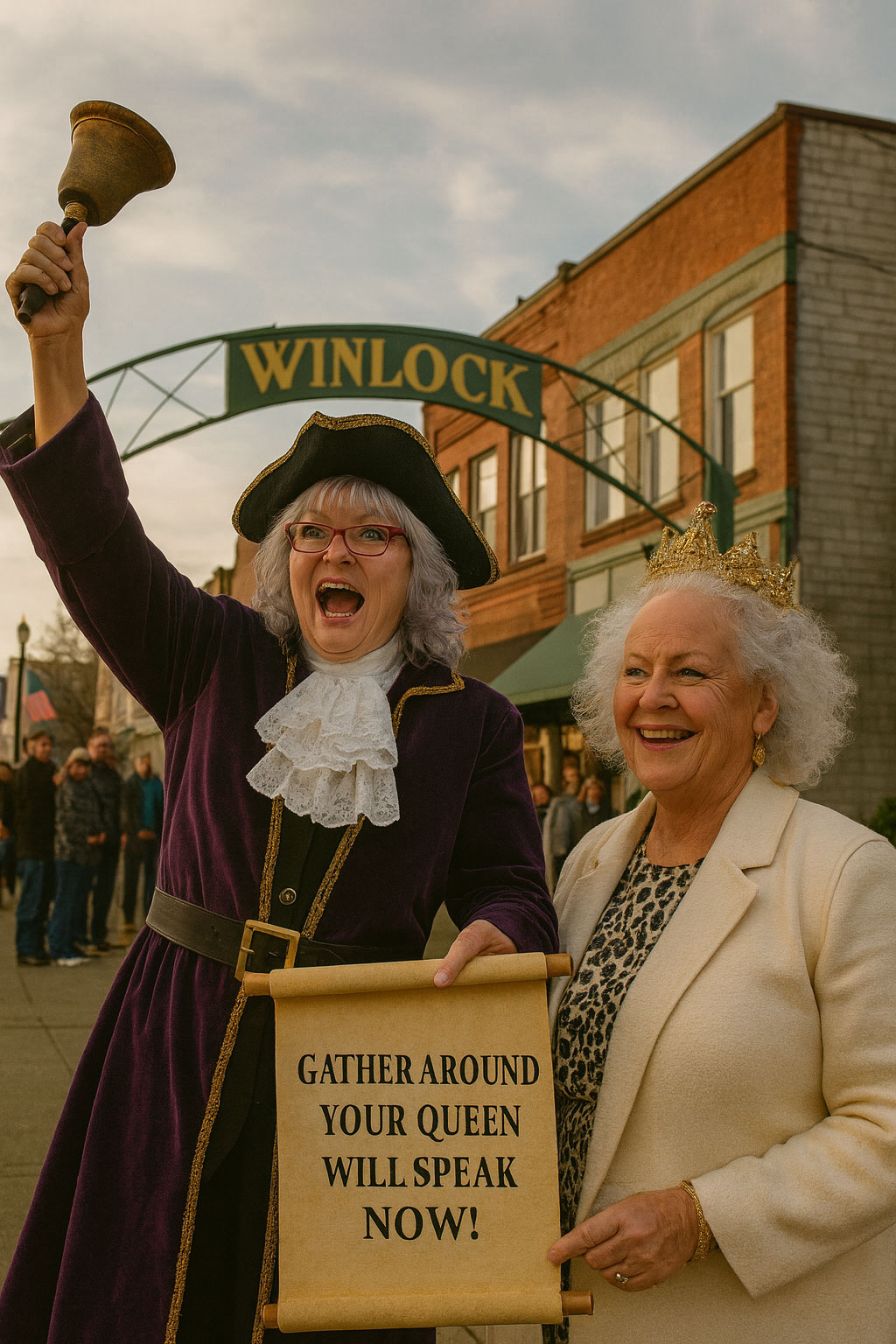

Benaroya changed its name from Benaroya Winlock to I-5 Innovation Park to better reflect its vision for creating a modern, integrated business environment that supports a “15-Minute City” concept.
Development: Crow Holdings, Exeter Property Group and Benaroya Seek to Industrialize Winlock Land
Winlock Seeks to Expand Urban Growth Area Across Interstate 5
Winlock’s Urban Growth Area (UGA) may begin expanding before it’s even seen significant development, that was the vision of Mayor Donald Bradshaw. What happened next is fake news, disgruntled council members, a contested election and more drama than business here…
The Industrial Park development has faced numerous problems, which reached a breaking point when residents discovered they might have to relocate the city offices to the I-5 corridor with a Winlock UGA Expansion Request. The request was followed by lawsuits and residents rising up against the mayor for wanting to change anything.
The residents are actually preventing millions of dollars from flowing into their city coffers with this mentality.
All the reasons for not succeeding here seem to point to the “Big Ugly Egg” they take so much pride in… 
It’s too big and too far away. That’s the official reasoning behind Benaroya Company’s decision to auction rather than develop the 320-acre Winlock property long eyed as a potential industrial …
The reason we own Winlock Industrial Park™ and Port of Winlock™ tradenames and all domain names associated with these names is simple, we want Local entrepreneurs to prosper not the world
Critics argue that the 15-minute city concept may not align with the American way of life due to issues of practicality, social inequality, and the inherent value Americans place on personal mobility and choice.
The concept was primarily developed for denser urban environments typical of European cities, which may not translate effectively to American suburban areas, characterized by expansive land use and reliance on automobiles for commuting. Many American cities lack the infrastructure to support a strict 15-minute model without significant changes in planning and investment
In many U.S. cities, the car remains the primary mode of transportation. There is skepticism that simply redesigning neighborhoods to promote walking and cycling will alter ingrained commuting habits or address traffic congestion in existing urban layouts
The 15-minute city can limit personal freedom by mandating that residents meet all their daily needs locally, which may come at the expense of choice and variety in services that expansive urban areas provide. Critics argue that the most vibrant cities offer a rich mix of experiences that often necessitate traveling beyond 15 minutes
American culture places a high value on individualism and personal choice, including the freedom to travel farther distances for work or leisure. The 15-minute city concept could be seen as a move towards restrictive living that contradicts America’s historical embrace of the automobile and expansive suburban life
Many see the approach as a form of top-down urban planning that may not adequately consider local needs and historical inequities, attempting to impose a one-size-fits-all model
In summary, while the 15-minute city concept aims to create convenient, accessible urban environments, it faces substantial criticism in the United States for its practicality, potential to reinforce social inequities, and cultural incompatibility with the prevailing American lifestyle that values freedom of movement and diverse choices.

